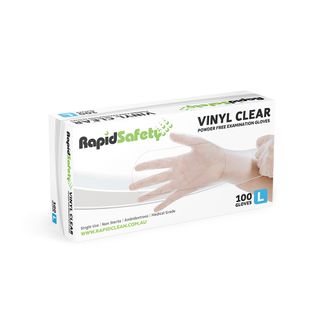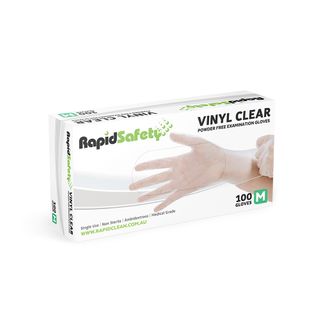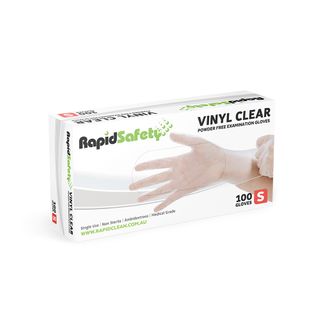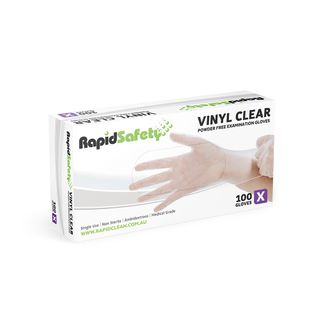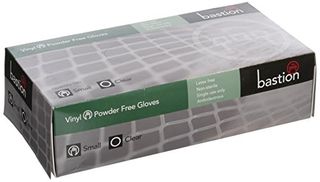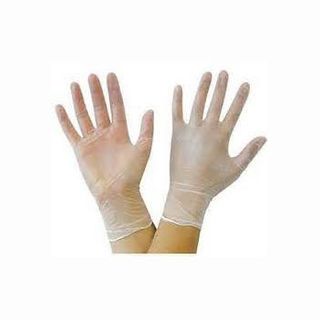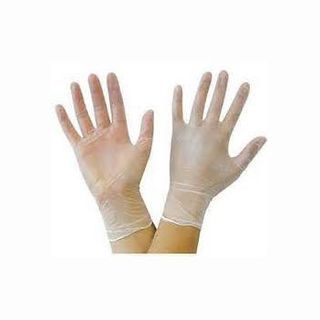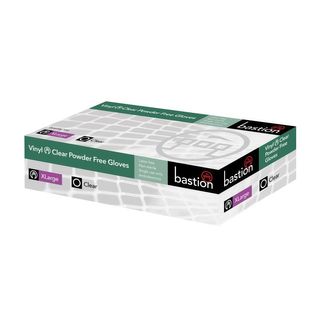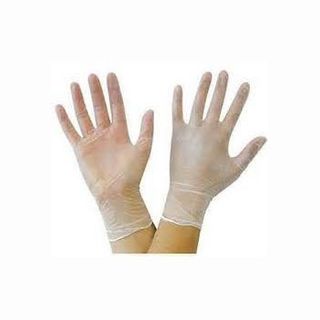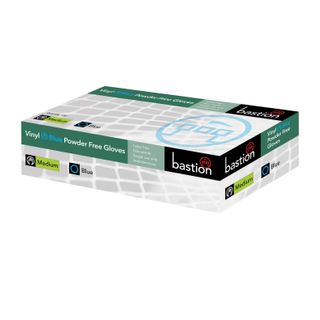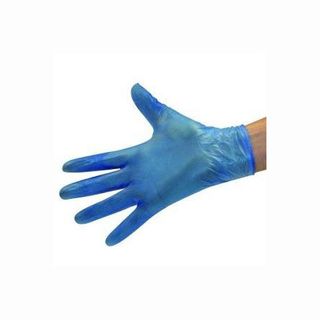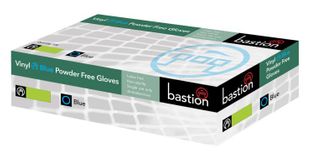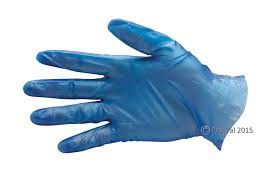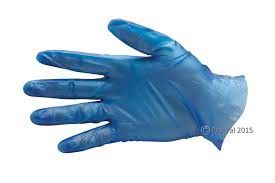Vinyl Gloves

Gloves made from vinyl are manufactured in a way to enable stretch and versatility whilst they are also able to hold up against punctures, stretch and general wear and tear. They can be used for healthcare tasks, keeping hands safe from contamination.
Vinyl gloves, which are made from PVC (polyvinyl chloride), are usually the cheapest latex-free gloves. In general, latex gloves offer the best protection against bacteria and viruses, while synthetic gloves provide better chemical protection.
Vinyl gloves are synthetic and provide different attributes. They are the less expensive choice but still provide adequate protection in situations where high levels of durability and protection are less of a priority. Vinyl gloves are popular in the food industry, where hazardous substances are not common, and glove turnover is higher.
✔ Strengths
- latex-free
- comfortable
- economical & cost-effective option
✖ Weaknesses
- loosely fitting
- susceptible to punctures
- provide little protection against hazardous substances, including infection or chemicals
- lower level of tactical precision
- non-biodegradable
Medical gloves are usually made of polymers such as latex, vinyl, and nitrile, although you may find disposable gloves made of other materials, such as neoprene. Below is a quick comparison of latex vs nitrile vs vinyl, including the differences in design and benefits.
| GLOVE TYPE | DEFINITION | ADVANTAGE | PROTECTION LEVEL | CONCERNS |
|
Latex Gloves |
Made of Natural Rubber |
Highest comfort, flexibility, fit and tactile sensitivity |
Bacteria, viruses |
Some people have a latex allergy so choose vinyl or nitrile instead. |
| Nitrile Gloves | Made of Synthetic Material | Stretchy, Durable | Chemicals, viruses | More costly than vinyl gloves and not reusable |
| Vinyl Gloves | Made of Synthetic material | Cost-efficient synthetic option, comfortable | Chemicals | Do not tolerate abrasion and tear easily. Not suitable for high-risk usage. |
Join us on socials |
|

